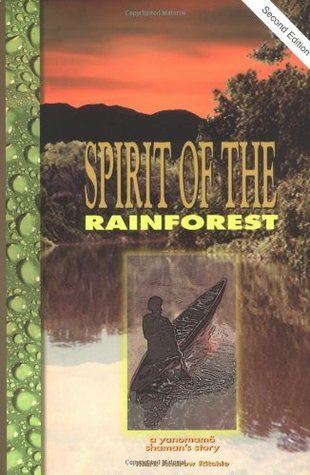What do you think?
Rate this book


288 pages, Paperback
First published January 1, 1996
Spear was nodding his agreement to everything Shoefoot said. Then Spear decided, "Something is wrong. When we live with our spirits, we become more like them. They dance. We dance. They steal and rape women. We steal and rape women. They fight and kill. We fight and kill. But these nabas [foreigners] don't do what they say their spirit does. They say he's generous. But they're not. They say he's kind. But they're not."
So Shoefoot and Spear kept their spirits and every time I visited we blew ebene into our noses and danced together.